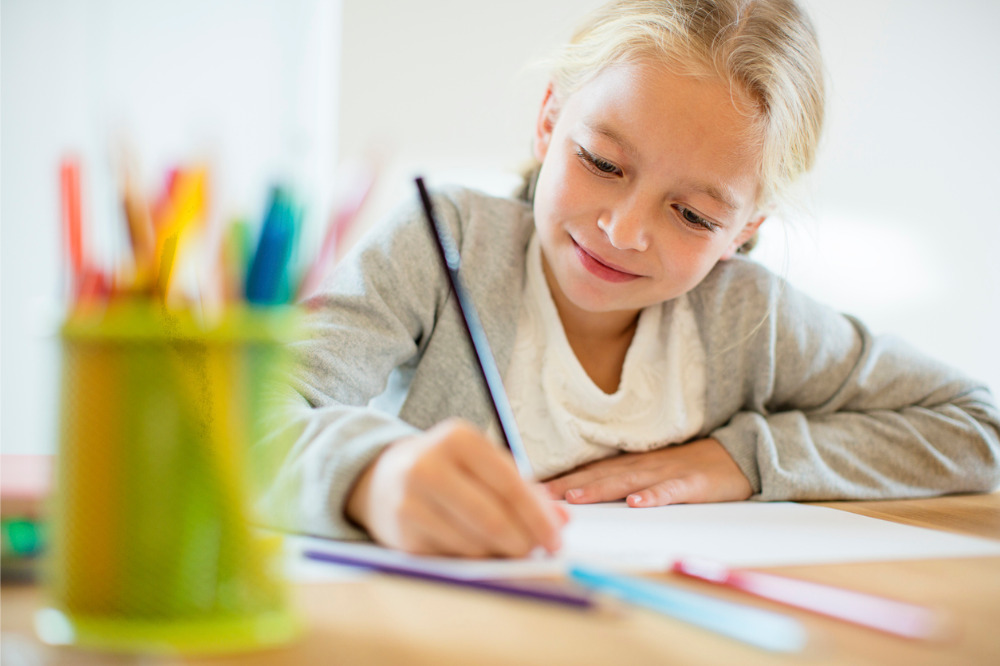
Students, parents and teachers are limping to the finish line of a school year like no other.
Some thrived during COVID-induced remote learning, but many more struggled. Hard evidence of this struggle can be seen in last week’s news of NSW students lagging up to four months behind this time last year. Of acute concern is that many disadvantaged students have fallen even further behind.
Clearly, our education systems cannot just ‘snap back’ to normal in 2021. They must also help students recover 2020’s lost learning, and decide what lessons can be taken forward for the coming decade. Tutoring is set to be a key piece of this puzzle in Australia’s two largest states.
Education researchers have long recognised the power of small-group tuition as a supplement to regular teaching. One-on-one tutoring programs can boost student learning by up to five months; and there is growing evidence that tuition in groups of two to five students can deliver similar gains much more cheaply.
Despite this impressive impact, Australians have typically viewed tutoring as a private activity reserved for the offspring of the wealthy or the aspirational, not a matter for large-scale government investment. This model works well for those who can afford it, but has probably contributed to the wide and growing gap - on average about 3 years by Year 9 - between the educational haves and have nots.
This could be set to change. The beauty of small-group tutoring is how precisely it can be targeted to what each student needs to focus on, while supporting students’ social and emotional wellbeing and their motivation to learn.
In other words, small-group tutoring can offer exactly the flexibility that is needed to support the students who fell behind during COVID – or those who have fallen behind for whatever reason.
In July, the Grattan Institute called for a $1.1 billion investment in tutoring as part of its COVID catch-up report. (Disclosure: Peter Goss co-authored this report, but has since left Grattan.) In November, the NSW and Victorian governments answered the call. Across all schools, these two governments will spend almost $600 million on tutoring programs for approximately 500,000 students. It also will provide jobs to about 10,000 tutors, many of whom will be part-time or retired teachers, or students studying to become teachers.
This is the single largest new investment in student instruction ever made in Australia. It is an investment underpinned by hope – that 2021 will be stable enough for schools to get their groove back, and stable enough to deliver tangible results from this unprecedented investment.
Of course, hope is never enough. The evidence shows that to be effective, tutoring must be precise: focused on clear learning objectives and a supplement to the teaching that is already occurring. It must be regular (ideally 3 times per week) and sustained (ideally over a term or more). And students’ progress must be measured and discussed regularly with their teachers, to ensure learning is reinforced and tutoring complements what is happening in classrooms.
Above all, the tutors need to be well trained, and to understand the similarities and the differences between tutoring and teaching.
Grattan’s analysis showed that investing in tutoring as part of the COVID catch-up is worth it in its own right. But if it proves its impact in 2021, large scale in-school tutoring could become something more – ongoing investment to tutor disadvantaged students would be a major new tool to improve equity in schooling.
In response to this unthinkable year, the Victorian and NSW Governments have made a previously unthinkable investment in the future. Getting it right will help a cohort of students, including many of the most vulnerable.
But we hope for more. Learning how to use tutoring to support regular teaching could help all future generations, and help close that gap between the educational haves and have nots.
Melodie Potts Rosevear is CEO of Teach for Australia, which has launched The Tutor Network a comprehensive set of free online resources for tutors and schools. Peter Goss is an educational policy advisor, and was School Education Program Director at Grattan Institute from 2014 to 2020. Neither benefit financially from the NSW and Victorian government investments in tutoring.


